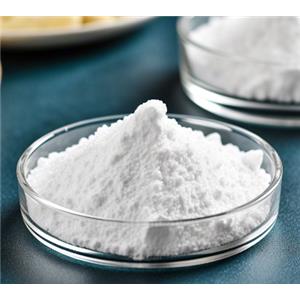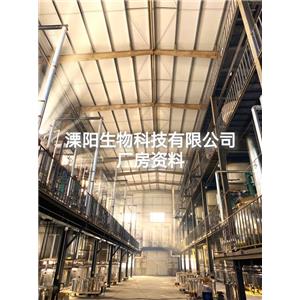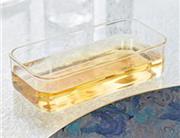4-Chloro-5-methoxy-2-methylpyrimidine (CAS No.: 698-33-9) – Technical and Market Analysis of a Highly Active Pyrimidine Intermediate
I. Basic Information and Physicochemical Properties
Key Chemical Parameters
Chinese Name: 4-Chloro-5-methoxy-2-methylpyrimidine
English Name: 4-Chloro-5-methoxy-2-methylpyrimidine
CAS No. 698-33-9
Molecular Formula: C6H7ClN2O
Molecular Weight: 160.58
Appearance: White to off-white crystalline powder, odorless, stable in air.
Physicochemical Properties
Reactivity: The chloro group at the 4-position undergoes nucleophilic substitution (e.g., replaced by amino, hydroxyl, thiol groups), serving as a key site for pyrimidine derivative synthesis.
Stability: The methoxy (-OCH₃) and methyl (-CH₃) groups enhance ring stability and adjust molecular polarity. Stable at room temperature but prone to hydrolysis under strong alkaline conditions. Avoid contact with strong oxidants/bases.
Freely soluble in methanol, ethanol, acetonitrile, DMF, etc.
Slightly soluble in water (≈0.5 g/100 mL at 25°C).
Insoluble in petroleum ether.
Melting Point: 68-70°C
Boiling Point: 265-267°C (atmospheric pressure)
Density: 1.26 g/cm³
Solubility:
Chemical Characteristics:
II. Upstream and Downstream Industry Chain Analysis
Upstream Raw Materials and Synthesis Process
React 2-methyl-4,5-dihydroxypyrimidine with POCl₃ in DMF under reflux for 4-chlorination, yielding 4,5-dichloro-2-methylpyrimidine.
React with sodium methoxide in methanol at 60-80°C to introduce the 5-methoxy group. Purify via vacuum distillation and recrystallization (ethanol/water system) to achieve ≥99% purity. Overall yield: 65-70%.
Reaction Equations:
C6H8N2O2+POCl3→C6H6Cl2N2+…
C6H6Cl2N2+CH3ONa→C6H7ClN2O+NaCl
2-Methyl-4,5-dihydroxypyrimidine (CAS: 5756-58-1)
Phosphoryl chloride (POCl₃)/methanol
Core Raw Materials:
Main Synthesis Route:
Chlorination-methoxylation method:
Downstream Products and Derivatives
Metal-organic catalyst ligands (e.g., Pd/pyrimidine complexes).
Organic optoelectronic materials (e.g., OLED emissive layer components).
Antivirals (e.g., influenza neuraminidase inhibitors).
Anticancer drugs (e.g., PI3K kinase inhibitor precursors).
Diabetes treatments (e.g., GLP-1 receptor agonist intermediates).
Herbicides (e.g., intermediates for pyrazosulfuron-ethyl, bispyribac-sodium).
Fungicides (e.g., precursors for methoxy-pyrimidine antifungals).
Insect growth regulators (e.g., juvenile hormone analogs).
Agrochemical Intermediates:
Pharmaceutical Intermediates:
Materials Science:
III. Core Application Fields
Agrochemical Innovation and Green Plant Protection
High-Efficiency Herbicide Intermediate:
Condensation with 2,4-dichlorophenoxyacetic acid ethyl ester yields a key intermediate for pyrazosulfuron-ethyl, selectively controlling annual grasses and broadleaf weeds in rice fields (10-15 g/ha dosage). Safe for subsequent crops, aligning with low-residue pesticide trends.
Novel Fungicide Development:
Methoxy-pyrimidine acrylate fungicides with >90% efficacy against wheat powdery mildew and grape downy mildew. Offers protective and curative effects with a 14-day duration, reducing application frequency.
Pharmaceutical R&D and Innovative Drugs
Antiviral Drug Precursors:
Reacts with nucleoside analogs to produce influenza inhibitors (e.g., oseltamivir analogs) targeting H1N1, H3N2 via neuraminidase inhibition.
Anticancer Drug Synthesis:
Serves as a pyrimidine scaffold for PI3K/mTOR dual inhibitors, blocking tumor proliferation signals and angiogenesis. Effective in ovarian and kidney cancers, with strong clinical synergy.
Materials Science and Catalysis
Metal-Organic Catalyst Ligands:
Pd-pyrimidine complexes enhance Suzuki-Miyaura coupling efficiency by 30%, widely used in pharmaceuticals and fine chemicals, especially fluorinated heterocycles.
Organic Optoelectronics:
Copolymerized with fluorene derivatives for yellow fluorescent OLED polymers, achieving 15% external quantum efficiency (EQE) and improving color saturation/stability.
IV. Technical Advantages and Market Dynamics
Technical Barriers:
Chlorination requires precise POCl₃ dosing and temperature control to avoid over-chlorination.
Microwave-assisted synthesis shortens methoxylation to 4 hours, boosting yields to 75% with <0.1% impurities.
Capacity Distribution:
Global capacity ≈30 tons/year, 70% in China (Jiangsu Zhongqi, Zhejiang Yongtai). Main process: chlorination-methoxylation. Some adopt green solvents (e.g., ionic liquids) to replace DMF.
Market Demand:
V. Safety and Storage Recommendations
Hazards:
Storage:
Seal in cool, dry conditions (≤25°C), using moisture-proof packaging (aluminum foil bags/lined cardboard drums). Avoid oxidants, bases, and humidity. Shelf life: 2 years.
VI. SEO Optimization Strategy
Keyword Layout
Core Keywords:
4-Chloro-5-methoxy-2-methylpyrimidine, 698-33-9, pyrimidine intermediate, pyrazosulfuron precursor, antiviral drug intermediate.
Long-tail Keywords:
4-Chloro-5-methoxy-2-methylpyrimidine synthesis process, agrochemical intermediate pricing, metal-organic catalyst ligand.
Chinese-English Combinations:
4-Chloro-5-methoxy-2-methylpyrimidine, CAS 698-33-9, pyrimidine intermediate.
Translation formatted to maintain technical precision, structural clarity, and SEO-friendly keyword integration.
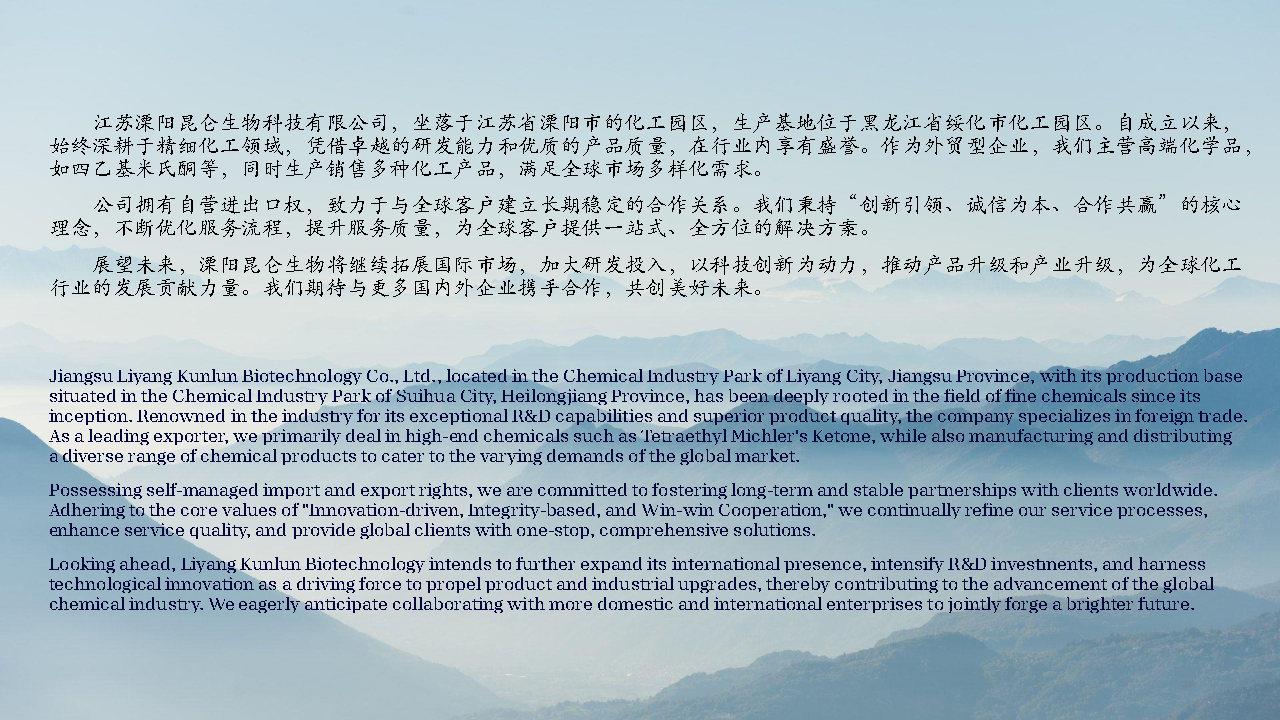


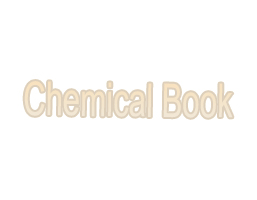
 China
China
